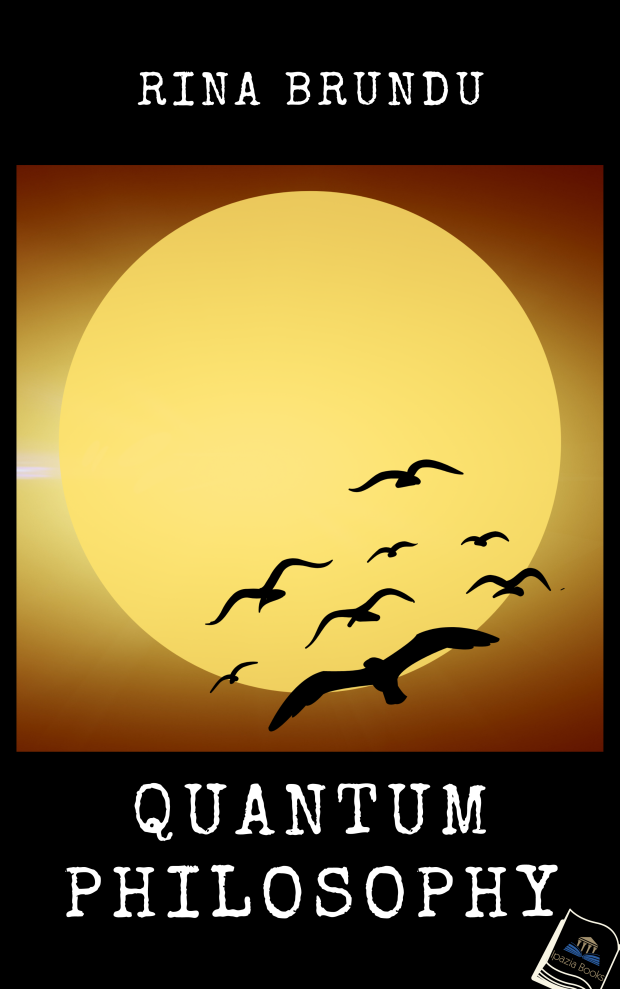Quantum Philosophy – Introduction, Abbreviations and Glossary

FORWARD
What is quantum philosophy? It is an attempt to explain, conceptualize and categorize the ontological implications brought forth by a series of remarkable technical breakthroughs made by humans during the past century. The birth of this discipline can be ideally dated back to 1927, the year of the “Fifth Solvay Conference on Quantum Mechanics held at The Institut International de Physique Solvay in Brussels’ Leopold Park (Belgium), a Physics symposium which marked the official birth of Quantum Mechanics as well as the affirmation of the Copenhagen Interpretation proposed by Niels Bohr and Werner Heisenberg in the years 1925-1927” (P1).
Since that time many classes of quantum theories have been presented, as well as, related philosophical hypothesis. All together these ground-breaking works have implicitly created the basis for the advent of a new approach to thinking; one which for the first time in history does not lay its foundations on longstanding academic and scholarly paradigms, concepts and models, but builds on cutting edge scientific information. Quantum Philosophy severs any ties with Newtonian and deterministic views of the world, positivistic, materialistic or metaphysical constructs, while the very nature of the reality it attempts to describe is probabilistic and multidimensional at a fundamental level.
Circa forty years after the Solvay conference, in 1960, doctor William B. Kouwenhoven circulated his seminal study on cardiopulmonary resuscitation (CPR), which led to more people than ever being resuscitated within hospital’s Intensive Care Units. This crucial element saw a growing number of patients waking up in their hospital beds and telling incredible stories about quantum-like trips they had allegedly made when they were supposedly clinically death, that is to say when their heart had already stopped beating and they showed no signs of cerebral activity. Subsequently, in 1975, American psychologist and philosopher Raymond A. Moody, published his renowned book Life After Life, and created the term near-death experience to describe those seemingly implausible events, thus fostering a newly found methodology towards studying and comprehending the very reason for being of this fundamental phenomenon. From then onwards the researches into the true nature of the human consciousness, as well as into the possibility of its survival after bodily death, have multiplied and much has been understood about the dynamics that take place at the threshold between life and death.
By assessing and analysing the data and the events described within NDE accounts, as well as the quantum dynamics that appear to be at work in their background, quantum philosophy takes a rational and organized step towards understanding what could be the human beings’ place within the type of futuristic reality described in those contexts. A brand-new, probabilistic reality hard to grasp, objective and subjective at the same time. Likewise, quantum philosophy makes a conscious effort towards comprehending what is the purpose of being – or for being – in those same selective existential scenarios, if there is any “purpose” left to be considered at all.
Rina Brundu
October 2021
In Dublin
Download Introduction, Abbreviations and Glossary here (PDF format)




